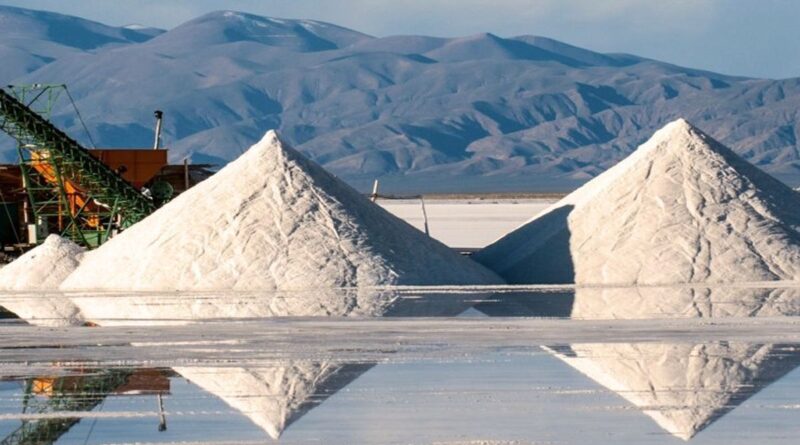Lithium batteries: everything you need to know about their development in Argentina
In 2022 our country produced 33 thousand tons lithium, 5% of world production and ranks as the fourth world product after Australia, Chile and China. In recent years, there has been increased demand for this key mineral to make batteries used in electric vehicles and for storage Renewable energy.
According to the latest available data from the United States Geological Survey, 46% of the world’s lithium reserves are concentrated in the “lithium triangle” consisting of Argentina, Bolivia and Chile. Considering the country’s huge potential, September will be crucial for the inauguration of the first lithium battery factory.
Lithium battery factory: what is the expectation
State-owned company Y-TEC, YPF’s technology arm, will open its first lithium battery cell factory in September, located in La Plata, Buenos Aires province. While in 2024 another factory will be launched, in Santiago del Estero, five times larger.
The industrial lithium battery cell manufacturing plant located in Berisso will be inaugurated in September this year, in an act where the top officials of the national government are expected to participate. It will be a 15-megawatt-year plant, which means that Lithium batteries will be produced to power 2,500 homes.
Lithium batteries: what will the production be used for?
These batteries are designed for rural areas. For example, they already have a closed project with the province of Buenos Aires to power the island of Paulino-Berisso, where 70 families live who are disconnected from the grid. 300 solar panels will be installed there, the energy of which will be stored in batteries.
His case will be very different Santiago del Estero, the opening of which is expected in 2024, given that, although 10 million dollars have already been invested in the purchase of equipment, it is under construction. The difference is that it will be five times larger, since it is a 75 megawatt-year plant, capable of producing batteries to power 10,000 homes or 2,000 vehicles. In this case, the goal is to move into the electrification market.
Lithium batteries: do you plan to export?
Robert SalvarezzaChairman of the Board of Directors of Y-TEC and Chairman of the Board of YPF Litio, confirmed that it will first supply the local market and then target the region.
Lithium: the challenge is to add local suppliers
Y-TEC’s bet is to add local suppliers. “50% of the cost of the battery could be done with national inputs,” Salvarezza said. One case is that of the aluminum sheets that go inside the battery.
Three development projects are currently underway. -TEC signed a contract with the American company Livent, which mines the mineral in Catamarca, and which for the first time sold part of its production in Argentina. Negotiations are also open with a A Chinese company will produce LFP on a scale of 60,000 tons, in a new factory in Katamarka.
Another case is his graphite, basic material in the anode part of the battery. Although this feedstock is not produced in Argentina, Y-TEC operates a project to produce artificial graphite, from calcined coke from the YPF refinery. After all, there is the electrolyte project, another of the battery materials. At this time, the Atomic Energy Commission began to produce it, on a laboratory scale. It is that while there are materials that could be sourced locally, such as polypropylene in the case of spacers, there are inputs that currently have to be imported, such as copper.
#Lithium #batteries #development #Argentina
